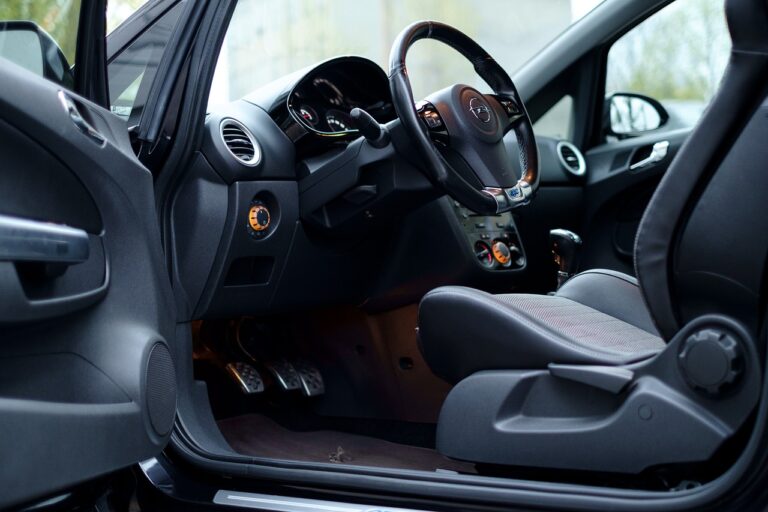The Future of Automotive Retail: Online Sales and Direct-to-Consumer Models
Traditional dealerships are grappling with the changing landscape of consumer behavior, as more and more buyers are turning to online platforms for their purchasing needs. The shift towards digital channels has led to a decrease in foot traffic at physical dealerships, posing a significant challenge for traditional businesses to attract and retain customers.
Moreover, traditional dealerships often face challenges in adapting to the speed and convenience offered by e-commerce platforms. The lengthy process of purchasing a vehicle through a dealership, involving negotiations and paperwork, can deter potential buyers who seek a more efficient and streamlined experience. As a result, traditional dealerships are finding it increasingly difficult to compete with online retailers that provide instant access to inventory, transparent pricing, and seamless transactions.
• Traditional dealerships are struggling to attract and retain customers due to the shift towards online platforms
• Decrease in foot traffic at physical dealerships is a major challenge for traditional businesses
• Lengthy process of purchasing a vehicle through a dealership can deter potential buyers seeking efficiency
• Difficulty for traditional dealerships to compete with online retailers offering instant access to inventory, transparent pricing, and seamless transactions
Shift towards E-commerce Platforms
In recent years, the automotive industry has witnessed a noticeable shift towards e-commerce platforms as consumers increasingly prefer the convenience of online car shopping. The traditional dealership model, with its reliance on physical showrooms and face-to-face interactions, is facing challenges to adapt to this changing landscape.
E-commerce platforms provide customers with the flexibility to browse a wide variety of vehicles, compare prices, and make purchases from the comfort of their own homes. This shift has forced dealerships to enhance their online presence, optimize their websites for a seamless user experience, and offer online financing options to stay competitive in the evolving market.
Benefits of Direct-to-Consumer Models
Direct-to-consumer models offer brands the opportunity to establish a direct connection with their customers, bypassing the traditional retail middlemen. By doing so, companies can gather valuable data and feedback directly from consumers, enabling them to tailor their products and services more effectively to meet customer demands. This direct interaction also fosters a sense of trust and loyalty between the brand and the consumer, leading to long-term relationships and repeat business.
Furthermore, direct-to-consumer models provide companies with greater control over their brand image and messaging. By selling directly to consumers, brands can ensure that their products are presented and marketed in the way they intend, without relying on third-party retailers who may not always represent the brand accurately. This control also extends to pricing strategies, allowing companies to set prices that reflect the value of their products and maintain margins without having to account for retail markups.
What are some challenges that traditional dealerships face in the current market?
Traditional dealerships often struggle with adapting to changing consumer preferences and expectations, as well as competing with online retailers and e-commerce platforms.
How is the automotive industry shifting towards e-commerce platforms?
Many automotive manufacturers are bypassing traditional dealerships and selling directly to consumers through their own websites or third-party e-commerce platforms.
What are some benefits of direct-to-consumer models for consumers?
Direct-to-consumer models often result in lower prices for consumers, as they eliminate the need for middlemen like traditional dealerships. Additionally, consumers have more control over the purchasing process and can enjoy a more personalized shopping experience.
Are there any drawbacks to direct-to-consumer models?
While direct-to-consumer models offer many benefits, some consumers may miss the in-person interactions and services provided by traditional dealerships, such as test drives and maintenance services.
How can traditional dealerships compete with direct-to-consumer models?
Traditional dealerships can differentiate themselves by offering exceptional customer service, personalized experiences, and value-added services that online retailers may not be able to provide. Additionally, they can consider adopting e-commerce platforms to reach a wider audience.







